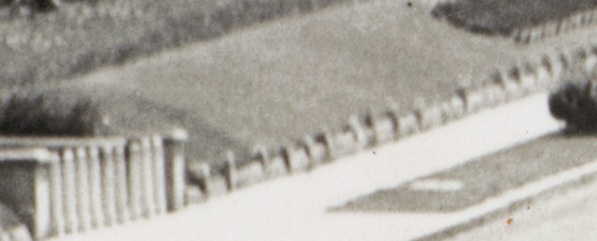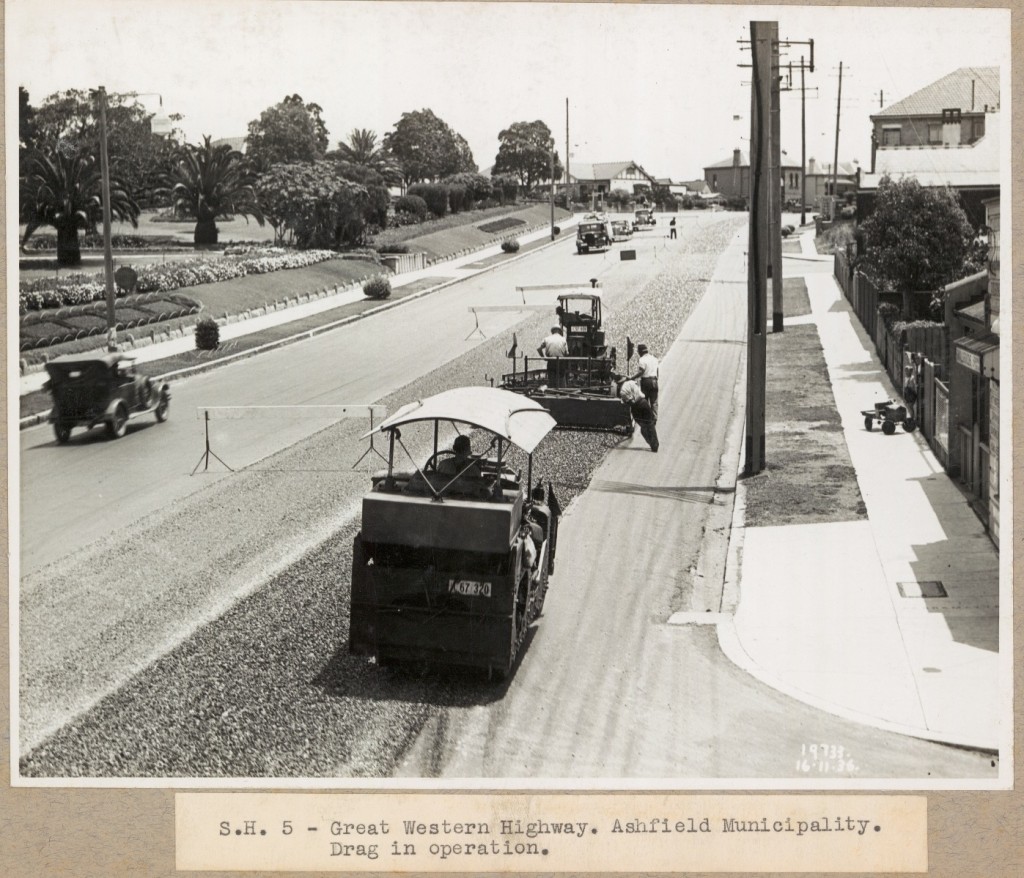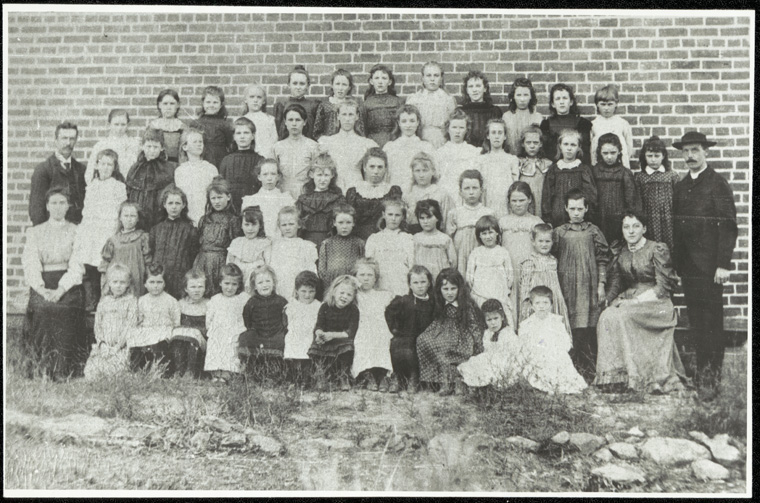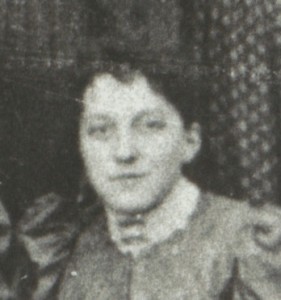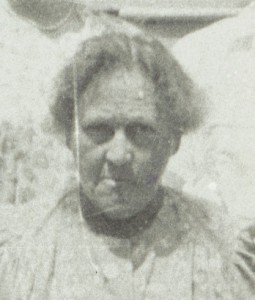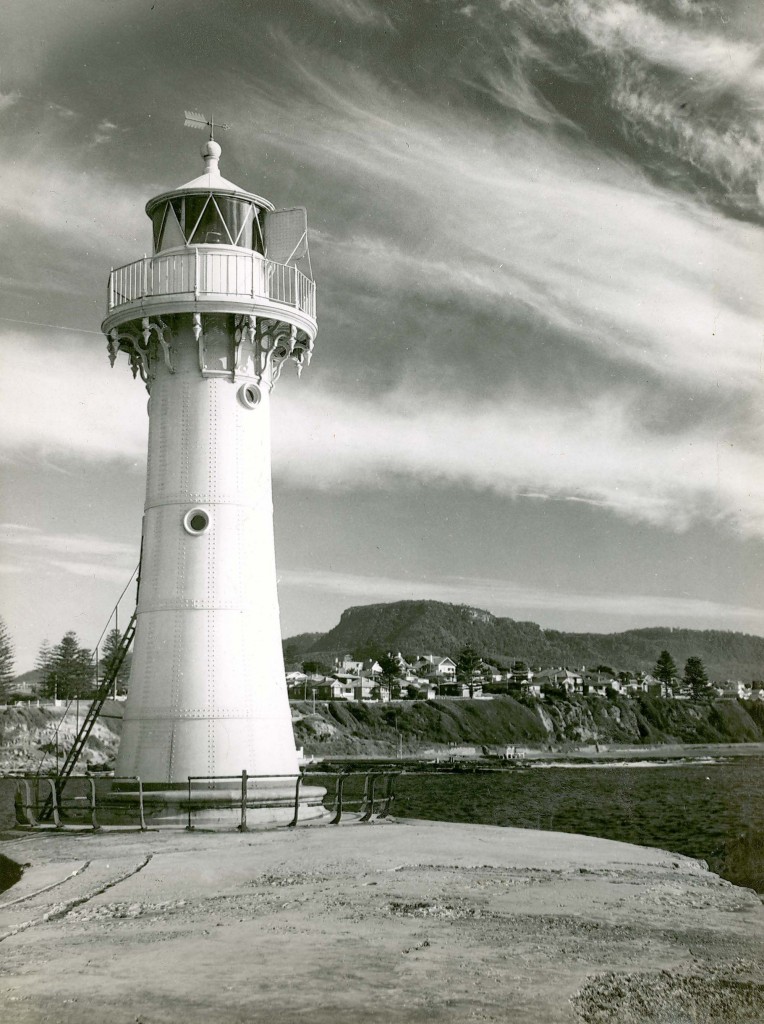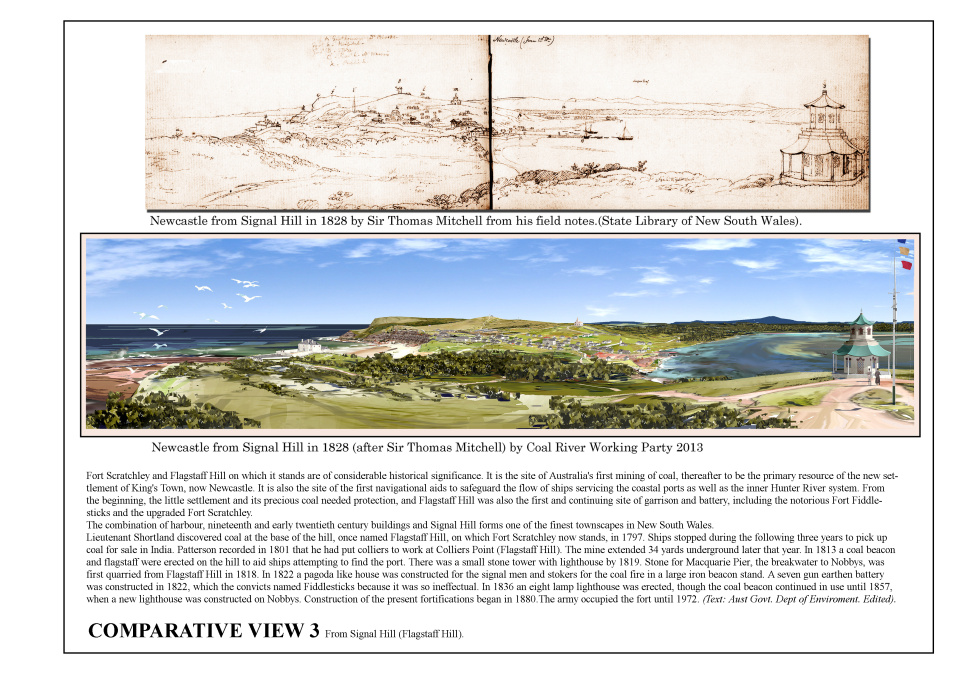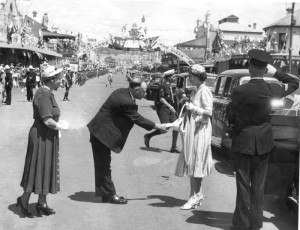In the late Nineteenth century Easter also meant military training at the ‘Easter Encampment’. Volunteers in the NSW military forces came together for mass training utilising the public holidays. Encampments were held from 1873 to 1900, although not every year. Camps for the infantry were held at Hamm Common near Richmond (1873), near Campbelltown (1874, 1891), Victoria Barracks at Paddington (1879, 1888, 1895, 1897), Windsor (1883, 1884), Middle Head and South Head (1885), the Royal National Park (1886, 1887, 1889, 1890), and Rookwood (1898, 1899). In 1900 a number of smaller camps in and around Sydney ended with a parade at Centennial Park. While the 1884 camp was attended by 1500 men, the 1898 camp hosted 5000 men.
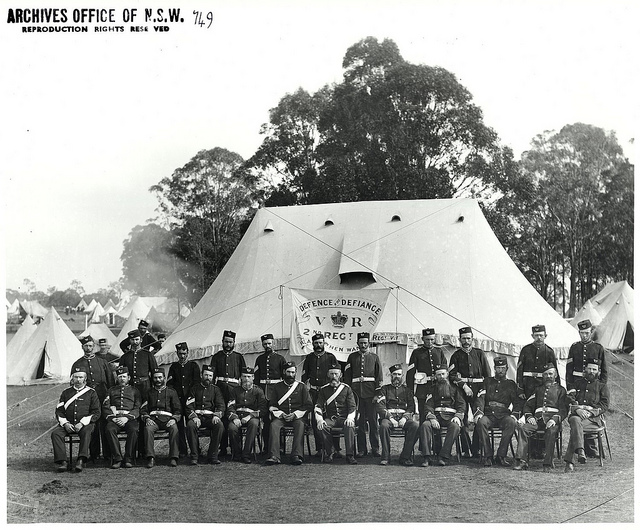
State Records NSW has a number of images of volunteers training and we believe these images are all from the one encampment at Windsor, in either 1883 (22-28 March) or 1884 (11-16 April). One of these images has definitely been identified as the encampment in 1884 by Bob Meade. Thank you, Bob. However other images have been identified as troops training for the 1885 Sudan contingent. We know that these images are taken after February 1883 when the new helmet plate was issued. This helmet plate featured the colony’s badge on a red background. The badge is still at the centre of the state’s coat of arms.

Examples of the helmet plate can be found at the Australian War Memorial. (e.g OR’s white cloth covered helmet: New South Wales 1st Infantry Regiment ; Helmet plate : Sergeant S Holmes, 4 Regiment New South Wales Volunteer Infantry )

Work: Colour Sergeant Milton
Weekending at Windsor
The Windsor camps were held at an area variously referred to in newspapers as Gosper’s Paddock, Windsor Farm and Fitzgerald’s Farm. In 1883 the area was described as a quarter a mile from the railway on the east of the town of Windsor, in a valley bounded on the north by the railway line, on the east by South Creek with its willow trees, and on the west by a common. The 1884 camp was held in approximately the same area but ‘its position is changed with advantage. It is on the crest of an elevation dipping at about 300 yards from the railway …'(SMH 11 Apr 1884, p6).
Photographs are known to have been taken of both Windsor encampments. In June 1883 it was reported that Mr Edward Day had been presented with an album of photographs of the 1883 camp, prepared under the direction of Major Richards, the Government Printer. Day was given the album for allowing his land to be used for training. We know that Joseph Bischoff, the Public Works photographer, took images of the 1884 camp.
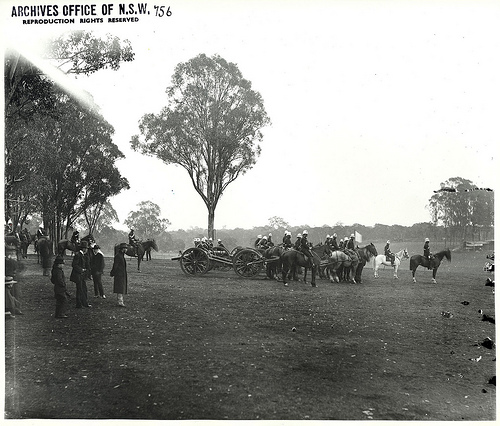
The newspapers of the time describe in detail the activities captured in these images – drill, parades, family day, and war games or mock battles. On Easter Sunday in 1883 four trainloads of visitors (estimated at 4,000 people) arrived and settled down to picnics while watching the mock fight. The 1884 camp attracted several thousand visitors on Saturday and Monday and featured mock attacks on Saturday and Monday in practice for a final battle on Tuesday. I wonder if the 30 rounds per man given to each soldier in 1884 for the mock battles means they were using live ammunition. Picnicking Victorian style, watching live bullets being fired!!!
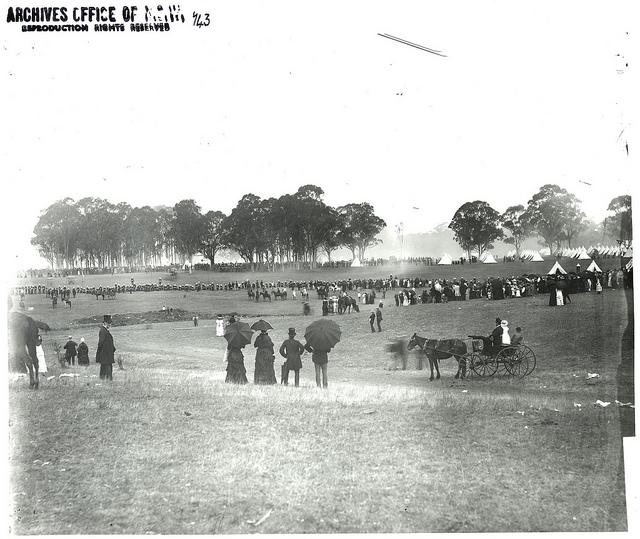
Can you help us confirm that these images are at Windsor in 1884? Perhaps the lay of the land, the buildings in the distance, the type of rifles or artillery guns speaks to you? Any information welcomed!

![NRS214[11-14158A]_001](/wp-content/uploads/2014/02/NRS21411-14158A_001.jpg)
![NRS214[11-14158A]_001 cropped](/wp-content/uploads/2014/02/NRS21411-14158A_001-cropped-1024x578.jpg)
![NRS214[11-14158A]_005](/wp-content/uploads/2014/02/NRS21411-14158A_005.jpg)
![NRS214[11-14158A]_002](/wp-content/uploads/2014/02/NRS21411-14158A_002.jpg)






